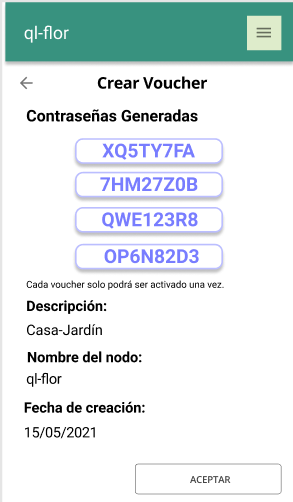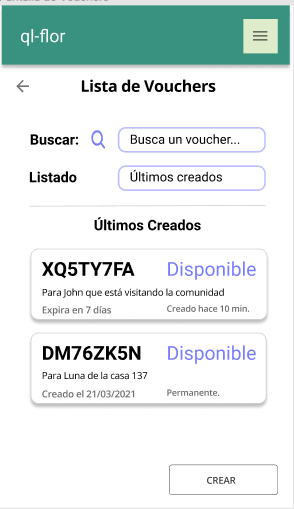Hello Freifunk community 🙂
After having spent several weeks inquiring into the LibreMesh project, I have continued working with my mentors Santiago and Germán to think about some improvements for the Pirania plugin. For this reason, the main idea of this post is to expose the functionalities that we have thought about implementing to improve this Captive Portal for Community Networks.
Also, after having been chatting and reading about the needs that arise in the communities to adopt the use of the captive portal in the LimeApp, we defined that some of the functionalities to implement in the Pirania administration interface are:
For the creation of vouchers:
– Description field, to identify who the voucher is for or what it is used for.
– Choice of the duration time since the voucher activation.
– Choice of voucher permanence, to establish whether a voucher can be used for “unlimited” time or not.
– Possibility to choose how many vouchers to create.
– Possibility to edit a voucher created to correct any typo in the description or to “delete” a voucher so that it can no longer be used.
– And set the possibility of choose some other advanced options such as setting an expiration date to activate the vouchers.
– At the end of the voucher creation, generate a metadata page to deliver the voucher passwords and other data of interest such as the description and the voucher creation date.
In the following images you can see some of the interfaces I have designed for this project:


For Voucher Administration:
In a general administration page, to be able to have some functionalities such as:
– Establish a search field for vouchers.
– View the last vouchers created.
– View active vouchers.
– View vouchers that are in “Permanent” or “Not Permanent” status.
– View vouchers that were created from the current node.
An example for voucher administration:

These interfaces were designed in Figma, so they can be modified in the future and the final implementation.
The next challenge is to start writing the tests of the proposed interfaces in a Test Driven Development framework to later implement the functionalities in the LimeApp.
Thanks for reading,
Angie.
One thought on “LibreMesh Pirania UI – Design Proposal”